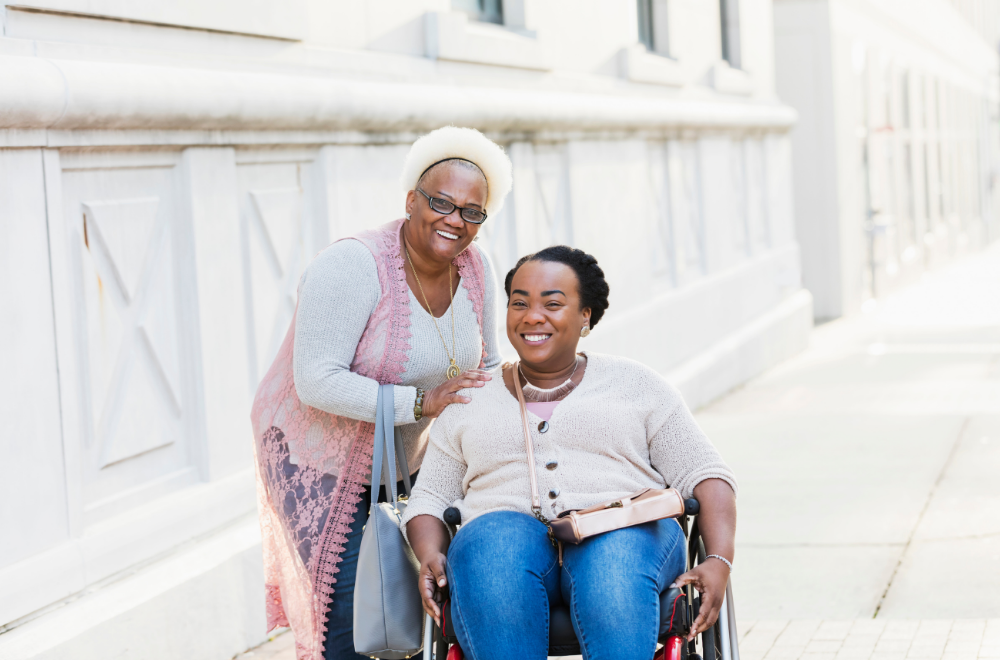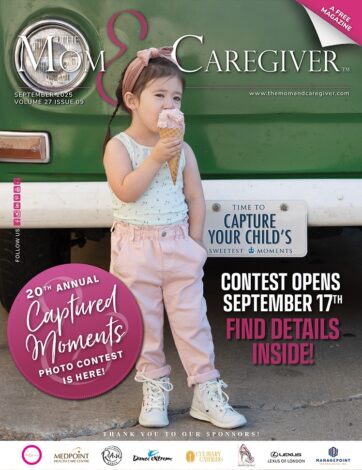October is Spina Bifida Month
October is Spina Bifida month – a time to celebrate people living with Spina Bifida (SB), an idiopathic defect that occurs in-utero when the baby’s neural tube fails to develop or close, occurring during the first 28 days of pregnancy. The exact cause is unknown but believed to be both genetic and environmental.
Often referred as the “snowflake condition”, because no two individuals are affected similarly, complications range from minor physical problems to severe physical and mental disabilities. The severity depends on the size and location of the spinal lesion, whether the skin covers the area, and whether the spinal cord or nerves are affected. All nerves located below the malformation are affected to some degree. The higher the malformation is on the back, the greater the amount of damage and loss of function and sensation. The prognosis for walking depends on the level of the lesion. Lesions below the L4 leave a child with the ability to walk with assistive devices.
Additional orthopaedic complications include:
● Curved spine (scoliosis)
● Abnormal growth
● Dislocation of the hip
● Lack of sensation
● Bone and joint deformities
● Muscle contractions
Treatment
Treatment depends on the severity and presenting symptoms. Key priorities are to prevent infection from developing and to protect exposed nerves from additional trauma. This may be done via in-utero surgery or following birth. As the child ages, they are followed by a team of medical professionals that will treat the symptoms to improve their quality of life & independence.
Orthotic Intervention:
Walking and mobility aids may help a child become independent and lead a regular life. Braces support weak muscles or keep the legs in the proper position for standing and walking. An ankle-foot orthosis (AFO) may help support the leg and allow the child to walk. Lesions higher up the spine may require increased support and the brace may cover more of the leg. Mobility aids can range from AFOs, knee ankle-foot orthoses (KAFOs), reciprocating gait orthoses (RGOs), walkers, crutches and wheelchairs.
By providing a solid foundation and compensating for their muscular weaknesses, our goal is to improve balance allowing ambulation.
We are there to help you with your child’s needs. If you have any questions or concerns about the orthotic treatment of SB or any other condition, please do not hesitate to reach out to our office.
The Team at Custom Orthotics of London
(519) 850-4721 | of****@*********************on.com | @cool_bracing















